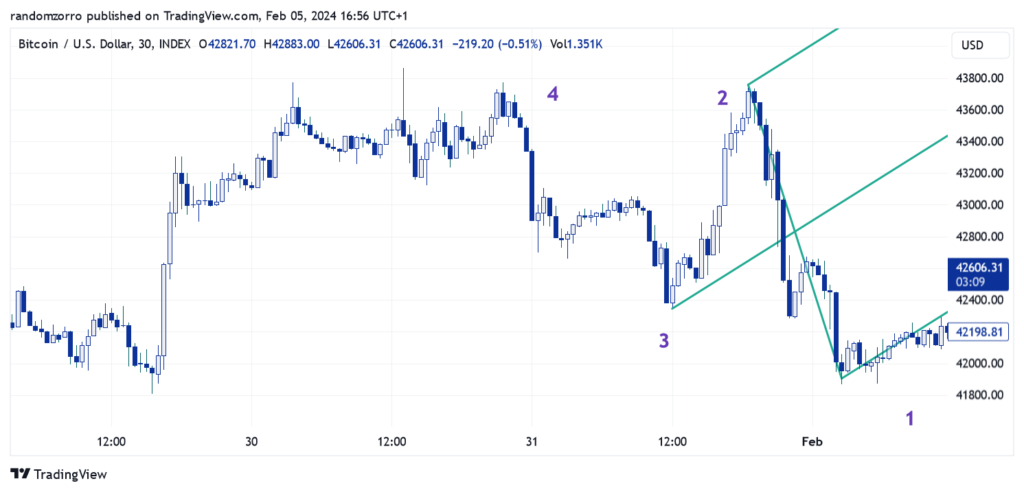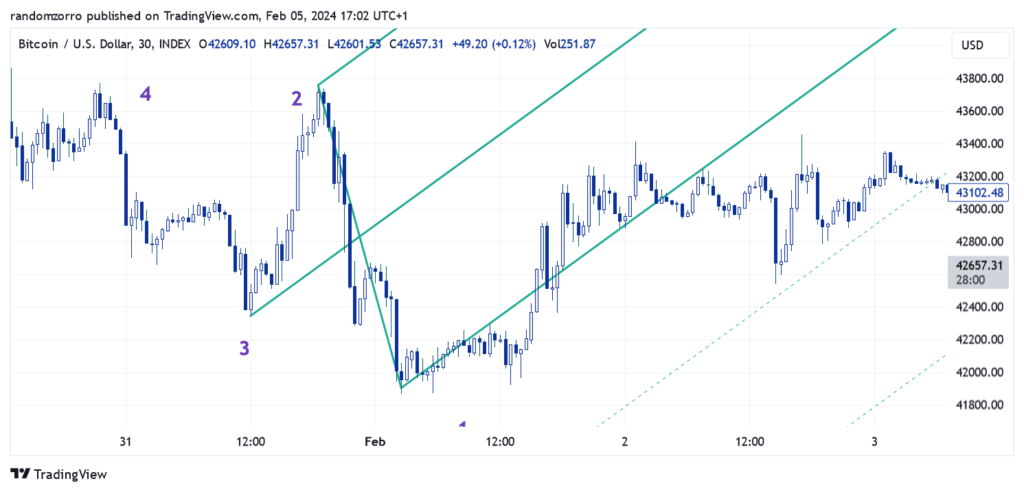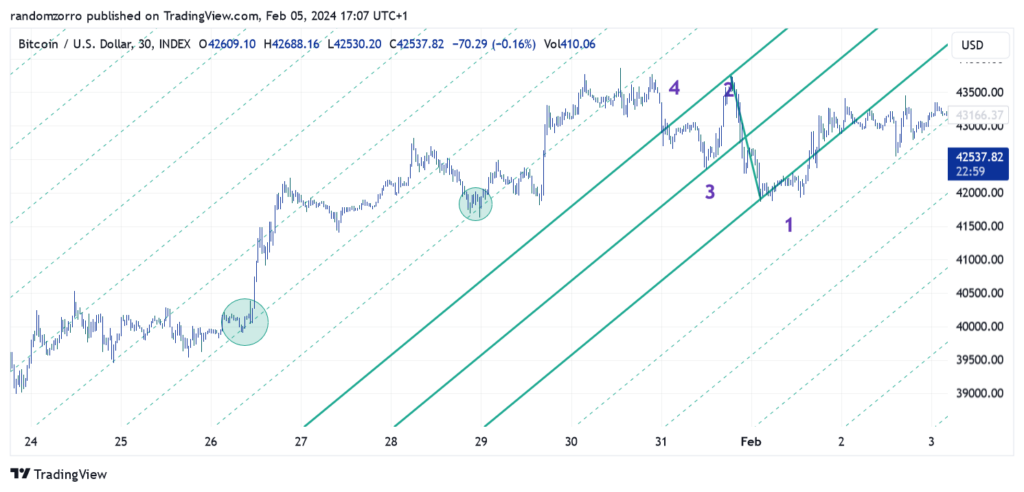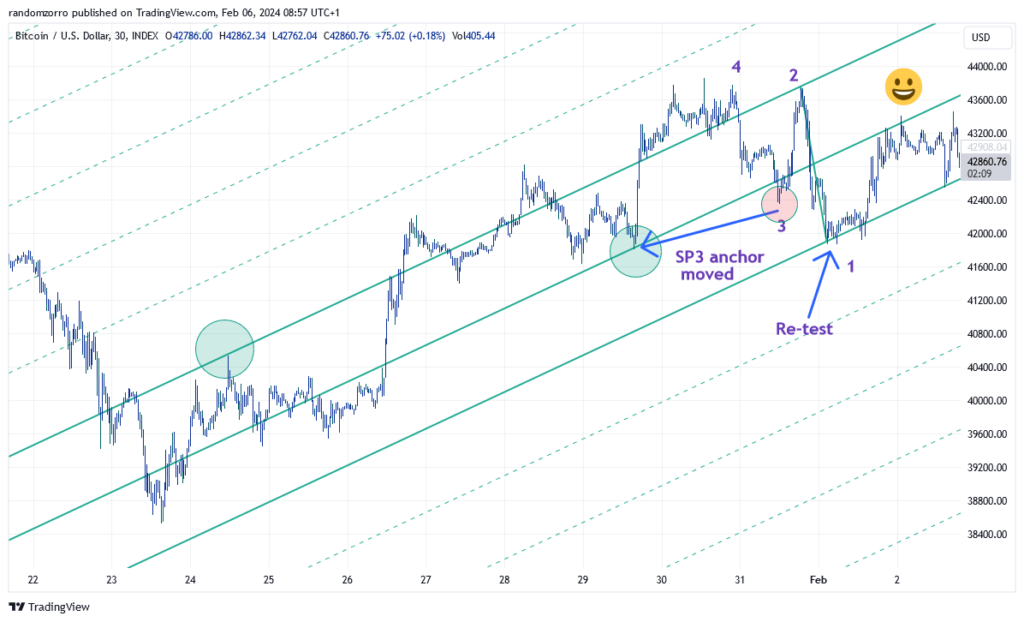Pitchfork trading is not that tough providing that rules are followed. So far we have covered market structures, how to get a signal from pitchfork, which pitchfork to select based on market structure, and what to expect by knowing about possible market structure that are coming after last pivot or swing point has been confirmed by a signal. Please review previous posts, signal is always given by the exit of a valid pitchfork. But wait… what is a valid pitchfork? This is what we are going to answer in this post.
Let’s start with a story though. When traders say that they trade ‘price action’, it is a non sense, they are trading price reactions. Supports for instance are about price hitting same range of price a few times in the … past! Resistance is the same. A moving average tells you the average price in the timeframe between now and a few days or units of time before. It is expected that prices will bump again or react in the future on these same levels of the past. And why would prices do that?
Reason is self fulfilling prophecy as many traders expect these levels and play accordingly. So they can manage, some with good level of success. But it does not work when market is trending or shows more erratic behavior. Also predictions come in terms of prices, not time, which can be an other issue in flat market. The random walk strategy (see other posts) addresses some of these concerns in adequate manner.
Pitchfork trading takes the problem out of the box. We know there was some market action in the past, which can be shown with market structures. Newton has stated that for each action, there must be a reaction similar and equal. Does this apply to market? Market structures or fractals (by Bill Williams) indicate there is fractal nature or some ‘beauty’ like things in nature. Note that we observe the market in some naive way, not an in the box thinking. Markets are free sort of to move the way they want, but if we push them too much in one direction (pivots), they are likely to revert and move in opposite direction relaxing the energy accumulated in first move. The moves are not (always) equal in price movement, because energy released is based on time, so duration of movement.
Having said that, you will read in many books or other websites you should draw a new pitchfork as soon as you get a new swing point or pivot.

How many of you would draw that pitchfork after, of course validating SP1 with a mini pitchfork and say ‘fine, looks like I can put a Target Price on the median’ maybe at the intersection with some Fibonacci levels???
This pitchfork is just NOT validated!!!! Look, price even gets out of the pitchfork a few candles after your entry (Assume for now you are reasonable and have put a SL below SP1). Let’s see what happened next:

Maybe you managed to take some profits but prices never reached the median. And maybe you are going to short, because prices are supposed to go below SP1 in that case because they did not reach median line? Wrong again:

What happened? A pitchfork is validated if it is tested before going forward (so it fails when prices go below) and pitchfork and its warning lines describe accurately the price action (in the past!)

Here we see some ‘impacts’ but major peaks and troughs are not sitting on pitchfork or warning lines.
Can we improve?

See? I now have major peaks or troughs on the pitchfork itself extended to the past. Pitchfork is now re-tested, and no surprise prices go to median and reverse. There might be other possible or even better solutions. But look at the graph again: price oscillate nicely over either the median or MLH’s, it gives a good feeling you are in sync with the market!
What did I do? I moved the anchor (SP3) of my pitchfork to a previous trough, and I am getting a less sloppy pitchfork, with more trading value. I could even have move the anchor to some unknown price area, thereby entering the realm of hybrid pitchforks. For another time!
Until then, trade safely!

